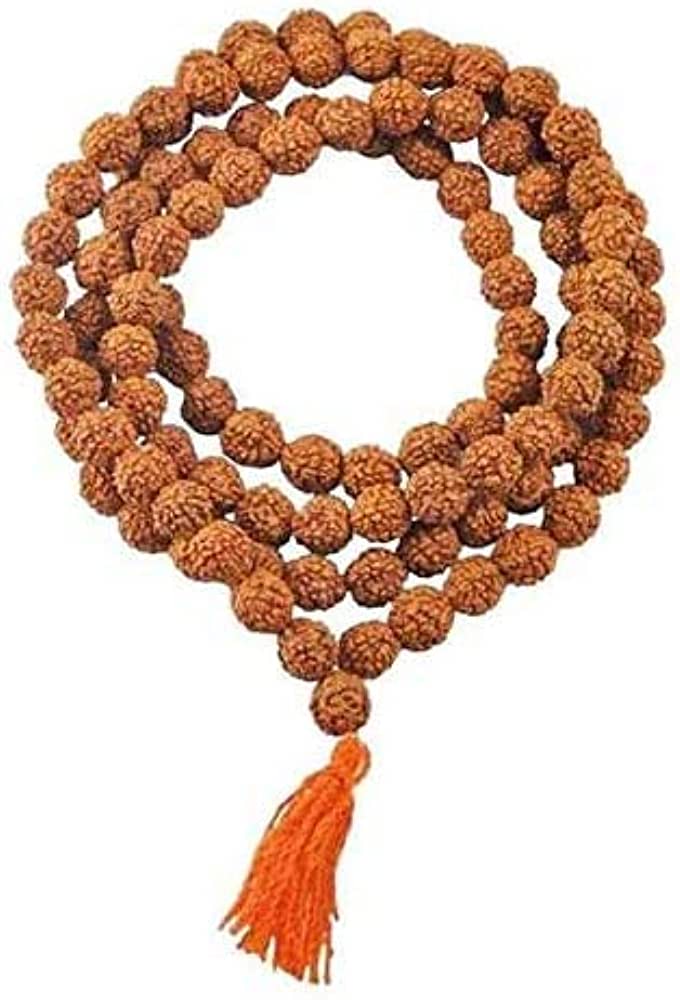Saffron color in hinduism
Why Saffron Robe?
In Hinduism, saffron is a colour worn by sadhus, sages, or rishis. It has profound significance in the religious rituals and cultures of India. There are many mythological references to the beginning of the use of saffron robes or clothes by sadhus. Saffron in Hindi means Bhagwa, which has emerged from the word Bhagwan. Bhagwan refers to God or the greatest sacrifice. The use of saffron presents our urge to take part in penance, piousness, and sacrifice. Sanathan Dharam also mentions the importance of self-less karma and the will to give up materialistic factors of life.
In Satyug, Lord Shiva narrated Amar Khatha. He also imparted the sacred knowledge of the soul as well as the Yog to Parvathi Devi. After listening to it, Parvathi Devi felt an in-depth need to conduct a sacrifice. She cut her veins, and her clothes, along with her Chola, got dipped in blood. It is a symbol of saffronization. When Gorakshanath came to pay his respects to Parvathi Devi, she gifted him the Chola due to motherly devotions. As per the stories, Sadhus started to use saffron or red clothes during religious rituals as a representation of sacrifice and detachment based on the abovementioned episode.
Another narrative related to the usage of saffron by sadhus comes from ancient times. When they moved from one ashram to another, they carried fire with them as a symbol of their arrival. Later on, they started to use saffron flags for the same purpose. It might have been from those scenarios that the use of saffron robes among the sadhus gradually developed.
Significance of wearing saffron robes by Hindu Saints: India is rich in its tradition, culture, and customs. Though the present generation is unaware of the reasons why we perform certain rituals and practices, they have a plethora of benefits for our mind as well as body. Rishis or sages, in the ancient ages, formulated many ceremonies based on their knowledge and wisdom. Nowadays, many evade them as superstitions. However, the explanations of each of these rituals are available in the Vedas and the Puranas. The use of saffron robes by sadhus has a lot of religious and scientific significance akin to other customs in Hinduism.
Religious significance: In a religious and spiritual realm, saffron is a symbol of Agni or the God of fire. Different colours have various significances. For instance, people suffering from fatigue focus on Lord Hanuman, who is represented in red colour. It helps them to gain stamina and strength from the idea. It is purely based on the concept of colour vibration therapy. There are other significances as well.
• The first verse of Rig Veda is "Agnimile Purohitam Yajnasya Devam Ritvijam, Hotaram Ratna Dhatamam." It can be translated as," I adore Agni, the God of fire, the priest of the sacrifice, the provider of the treasure of knowledge." By wearing saffron, which is a symbol of Agni, a sadhu is paying respect to the deity. He is also making sacrifices at the same time.
• Mythologically, saffron resonates with two auspicious things in Hinduism. It represents sandhya, which means sunset as well as sunrise, and Agni. Fire and Sun are two elements in the world that give energy.
• Fire or Agni helps to burn worldly desires and renounce attachments. By wearing saffron, the sadhus try to present that they have moved beyond the material realm.
• Fire or Agni facilitates a connection to purity and also provides us with piousness. When sadhus wear saffron, they are trying to imbibe these values into their lives.
• Agni can burn everything down to ashes. The use of saffron robes signifies the same temporality of life. It also shows that life can come to an end at any time. So, the worldly elements we hold onto can not provide you with eternal happiness or bliss.
• Agni or fire can reverse everything it consumes to purity. So by wearing saffron, the sadhus are trying to move forward with a virtuous life.
These are some of the religious significances of wearing saffrons by sadhus. It is a symbol of penance, peace, purity, simplicity, and piousness. Scientific Significance: Colours play significant roles in our lives. Colours are known to brighten up our moods and give us positive energy. Saffron is one such colour that can provide vibrations that can ward off evil forces and diseases. The different benefits associated with wearing saffron colour.
• There are seven primal colours associated with the seven chakras of our body. They include red, saffron or orange, yellow, green, blue, indigo, and violet. These colours have different wavelengths. Our minds have distinct impacts when we look at them.
• Saffron has a close connection with colour vibration theory. As per the concept, a colour can create an image on our retina. It transfers electrical signals to our brains. They, then, form different vibrations, which help us in various ways. They can also aid in curing the imbalances of our chakras.
• Red or saffron colour can aid in removing the blockages of the Root chakra or Muladhara and Swadhistana. Swadistana is a chakra, which helps in enhancing our health. Saffron colour is directly associated with Swadhistana. When you wear or focus on saffron colour, it assists in healing the ailments connected to Swadhistana blockages. It is linked with diseases of the kidney, colon, and urinary bladder.
The wearing of saffron robes or clothes by sadhus have significant roles to play in association with health as well as with spirituality. It aids them in moving forward with a life of penance, simplicity, virtuousness. It is a symbol of transcending the worldly pleasures of our lives


